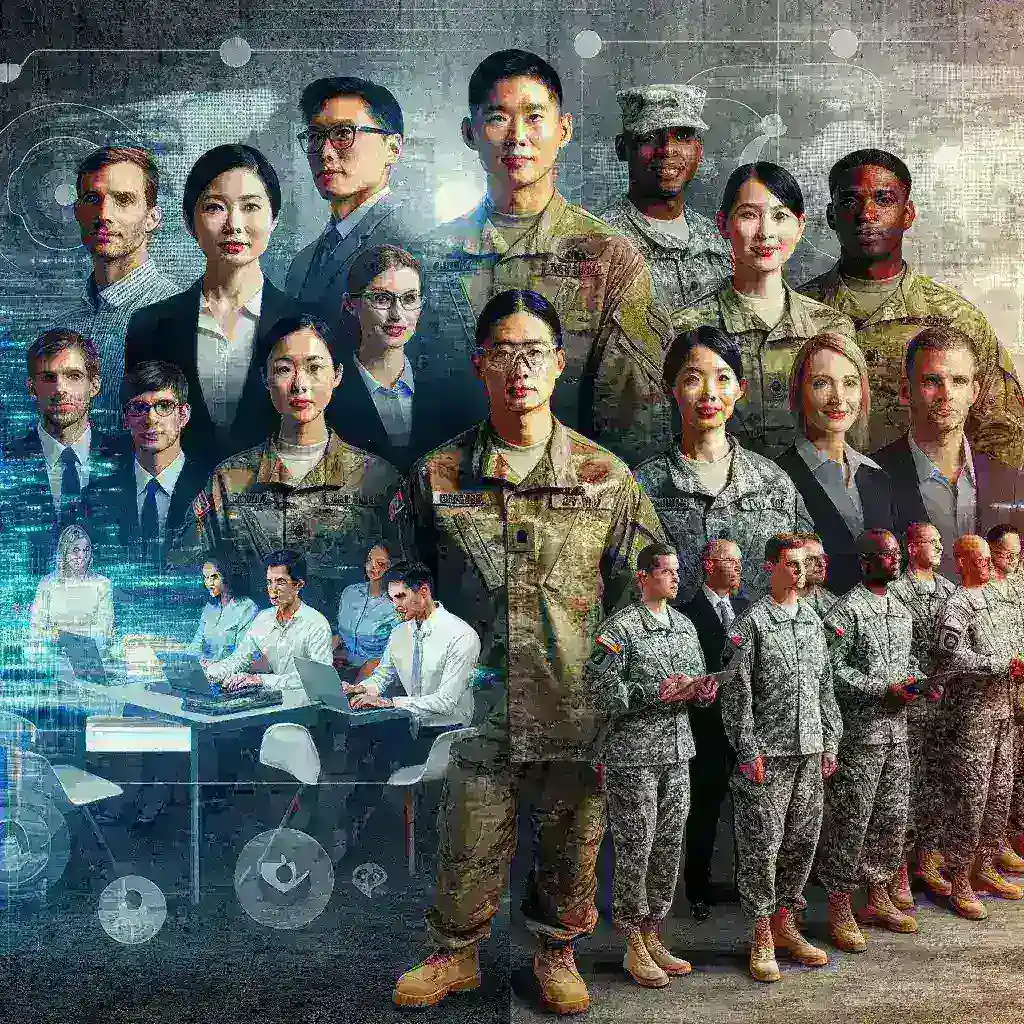Introduction
In an unprecedented move, several high-profile executives from Silicon Valley have been commissioned into the Army Reserve Innovation Corps. This initiative aims to bridge the gap between cutting-edge technology and military needs, fostering an environment where innovation thrives. This article delves into the implications of this collaboration, the roles these executives will play, and the potential benefits for both the tech industry and the military.
The Genesis of the Innovation Corps
The Army Reserve Innovation Corps was developed to harness civilian expertise in technology and management. By integrating the skills of Silicon Valley leaders, the Corps aims to create a synergistic approach that enhances military operations. This trend reflects a growing recognition of the importance of private-sector innovation in defense.
Historical Context
The collaboration between tech executives and the military is not new. Historically, military needs have often driven technological advancements. From the development of the internet to GPS, many vital technologies originated within military frameworks. The establishment of the Innovation Corps is the latest evolution in this relationship, reflecting the changing landscape of warfare and technology.
Why Silicon Valley Executives?
Silicon Valley executives bring a wealth of experience in innovation, rapid prototyping, and agile methodologies. These skills are crucial for the military, which faces unique challenges in adapting to fast-paced technological advancements. Commissioning these leaders into the Army Reserve not only provides valuable insights but also fosters a culture of innovation within military ranks.
Key Roles of Commissioned Executives
- Advisory Roles: These executives will serve as advisors, providing insights on the latest technologies and strategies that can be applied to military operations.
- Project Management: Leading projects that integrate new technologies into military training and operations, ensuring seamless implementation.
- Cultural Transformation: Influencing the military culture towards one that embraces change, technology, and innovation.
Benefits of the Collaboration
The commissioning of Silicon Valley executives into the Army Reserve presents several benefits:
1. Enhanced Technological Integration
By utilizing the expertise of tech leaders, the military can more effectively integrate advanced technologies such as artificial intelligence, machine learning, and data analytics into its operations.
2. Increased Agility and Responsiveness
The methodology and mindset prevalent in Silicon Valley—focusing on rapid iteration and adaptability—can greatly enhance the military’s responsiveness to emerging threats.
3. Improved Recruitment and Retention
Collaborating with innovative leaders from the tech world can make military service more appealing to a younger, tech-savvy generation. This could help in attracting top talent into the military ranks.
Challenges and Considerations
While the potential benefits are promising, there are also challenges that need to be addressed:
- Culture Clash: The differences in corporate and military cultures can lead to misunderstandings and conflicts. Bridging this gap will be essential for successful collaboration.
- Resource Allocation: Balancing the allocation of resources between innovation projects and traditional military operations may pose challenges.
- Security Concerns: The integration of civilian technologies raises questions about cybersecurity and the safeguarding of sensitive military information.
Future Predictions
As the initiative unfolds, several predictions can be made regarding its impact:
1. A New Era of Military Innovation
The collaboration is likely to lead to significant advancements in military technology and operational strategies, setting a precedent for future partnerships.
2. Expansion of the Corps
As the success of this initiative becomes evident, it is plausible that more executives from various sectors will be encouraged to join, broadening the scope of innovation.
3. Increased Public Engagement
The visibility of tech executives in military roles may foster greater public interest and engagement in the military’s technological advancements, promoting a positive image of military service.
Cultural Relevance
The intersection of technology and military has significant cultural implications. In today’s world, where technology is deeply embedded in everyday life, the collaboration between Silicon Valley and the military symbolizes a merging of two influential spheres. This partnership is not just about warfare; it’s about the future of national security and how society interacts with technology.
Statistical Insights
According to recent studies, the defense sector is projected to spend over $1 trillion on modernization efforts in the coming years. This investment highlights the urgency for efficient and innovative solutions. The integration of Silicon Valley’s expertise can play a pivotal role in ensuring these funds are utilized effectively.
Expert Opinions
Military analysts have expressed optimism regarding this initiative. General John Smith, a retired Army officer, stated, “The infusion of Silicon Valley innovation into military operations is not just beneficial; it’s essential for maintaining a competitive edge in modern warfare.” His sentiments echo the broader consensus about the necessity of this collaboration.
Personal Anecdotes
One executive, Sarah Johnson, shared her experience of transitioning from a tech CEO to a commissioned officer. “It was daunting at first, but I quickly realized that the military’s challenges are not unlike those in the tech industry. Both require innovative thinking and collaboration. I am excited to contribute to this important mission.”
Conclusion
The commissioning of Silicon Valley executives in the Army Reserve Innovation Corps marks a significant turning point in military innovation. As the initiative progresses, it will undoubtedly reshape the landscape of military operations and technology integration. By leveraging the unique skills of tech leaders, the military can enhance its capabilities and readiness for the future. This collaboration not only benefits defense but also paves the way for a more innovative and dynamic approach to national security.

